Realme are an offshoot of OPPO — once an OPPO sub-brand — and their success the world over has shown that their recipe of providing decent specs in a phone with extremely attractive pricing works. Their specs are not premium and nor should you expect them to be with prices such as these. The realme C3 is one such device.
With a RRP of just $269 — yes that is Australian dollars — the specs inside are far from the best you will ever see but the question is: Are the specs good enough for a phone you could use everyday? That is, is the performance from this phone good enough to satisfy a consumer?
So what are these entry-level specs?
As you may have read in our launch piece this morning the specs include an octacore Mediatek processor, 3GB of RAM and 64GB of storage. The rear camera is a triple camera setup — not of impressive specs but still hopefully good enough to provide some good all-round consistent imagery.
NFC is included (many entry level phones will lack Google Pay support, especially those designed with the Chinese market in mind), as is a rear mounted fingerprint sensor which so many people prefer over the in-display sensors. Facial recognition unlocking is not as secure as that on the Pixel 4 but is faster than some premium smartphones I have used recently — BBK Electronics companies (OnePlus, OPPO, Vivo, realme) have the fastest face unlock techniques and technology on the market in my opinion.
The face unlock is extremely fast and considering it has been quite a while since I used a rear mounted fingerprint sensor and thus kept forgetting it was there, was much appreciated. Its accuracy also put some premium smartphones to shame as well.
Did I mention there is a headphone jack? Well, there is and that should please some of you although I dare say that you are not the target market for this device.
The battery is a whopping 5,000mAh which is crazy big, especially when you consider that the display is just 720p so won’t be chewing through the battery and the hardware is not designed to run at super high speeds. It is safe to say that this phone could easily last a couple of days and in real life testing it did just that.
It’s not plastic fantastic at all
Sometimes cheaper entry-level phones feel very light in the hand and you realise that they are made of far too much plastic. They just don’t give you the premium feel in your hand. The realme C3 though has a matte polycarbonate rear which sits comfortably in the hand, giving it enough heft that it feel solid and not flimsy at all.
The polycarbonate (plastic) on this one is stunning. The red is bright and punchy with a cool little pattern to it. It is a stunning device that obviously is not difficult to do — who needs a basic black slab these days?
realme UI — is it really that different?
I was expecting big things from realme UI. It was released late last year and showed realme’s final transition into being their own brand and not a sub-brand of OPPO. It was touted as being closer to stock and more appealing to users (I wonder what OPPO thought about this).
After using it for a couple of weeks I can say that it certainly looks a lot closer to stock than ColorOS which realme used to borrow from OPPO for their smartphones. realme have done a decent job make their phones look close to Pixelly Android — and they have based it on Android 10 which is a great start.
There is the new Android navigation with swiping from the sides for back — something some manufacturers of ultra premium smartphones haven’t managed to get right just yet.
Aside from that there are all the things that you would expect to see in ColorOS — it seems that realme have used ColorOS as a base for their OS: But they have improved on it. The screen off gestures are there, as are the three finger screenshots, the smart sidebar, the app cloner, game space and split screen options.
Where realme have improved it is in security and RAM management. ColorOS is overly strict on its security policies — opening up a different secure keyboard whenever a password is entered, display a coloured banner across the status bar whenever hotspot is on and killing apps in the background far too aggressively. Even though realme have just 3GB of RAM in this device it has none of the above annoyances and the apps tended to stay in memory a lot longer.
There are downsides to this, especially with just 3GB of RAM — it does slow the system down at times. The OS is nowhere near as snappy as ColorOS on a high end OPPO but it chugs along fairly well. The main place I noticed the lag was with the keyboard. If you buy this phone don’t expect to be able to use Gboard to peck type with any great speed. It was continually sluggish when doing so leading to frequent typing errors. Using the gesture or swipe typing input on the keyboard did not present any problems whatsoever though.
The main factor in the slowness at times is the Mediatek chipset and small amount of RAM. As for how slow it is — if it was someone who didn’t use high end phones nearly exclusively it probably wouldn’t be much of a problem at all. I’m coming from a Pixel 4 XL and a Galaxy S20 Ultra so for me the difference was notable. For someone who would be in the market for an entry level phone you wouldn’t expect them to not only be used to a premium smartphone but even noticed the difference.
For example, my parents, even though they both use Pixel 3a XL phones would not notice any problems with the speed etc and they are both relatively tech oriented but just don’t use their phones with any great speed or urgency.
An entry-level triple lens camera system?
First things first, for a long time the “default” on Android has been for the double tap of the power button to quick launch the camera app. Just as OPPO have done on ColorOS, realme have disabled that functionality and I have no idea why they would do it. You can swipe up from the lock screen corner but if the phone unlocks with your face before you have a chance to do that then you have to hunt for the camera app shortcut. There is a quick settings tile for it but I don’t know why they just don’t leave the power button double tap functional — I assume it’s extra work to remove it.
Imagery with the phone is not bad — it is a $269 phone after all so we shouldn’t expect DSLR-quality pictures. The colours seems a bit muted and the detail from distance a bit lacking but all in all it was acceptable. People’s expectations of what a phone can do when it is so cheap should not be high at all. If someone went into using this phone with that in mind they would be perfectly comfortable with the quality of imaging. Check out some samples below:
The selfie camera was just ok as well. It was acceptable even though portrait mode wasn’t as accurate as some I have seen.
So is it worth the money?
How can it not be? It’s a smartphone with decent software features, dual SIM capabilities along with a microSD slot. The camera is definitely acceptable, especially for the price. The software, while a tad on the slow side, has some decent enhancements and features that should keep most people happy.
At $269 the phone is a steal. It looks great — seriously, that red is stunning — and feels very well made. It’s sold locally so why not grab yourself one if you want or need an entry-level phone at an attractive price.


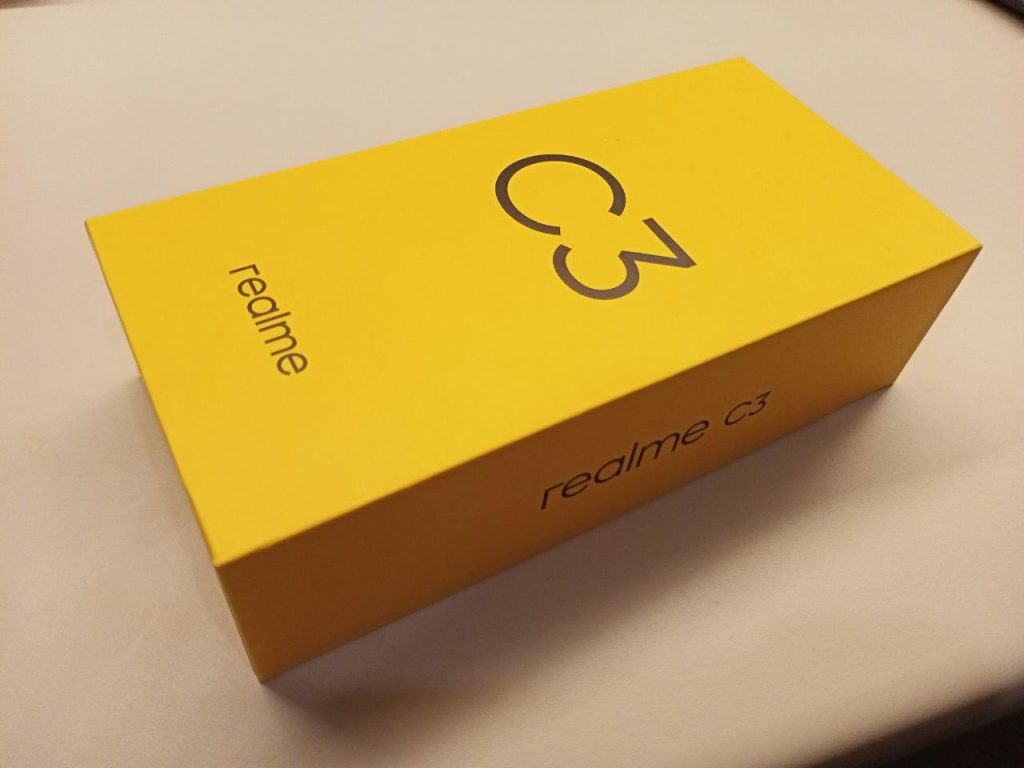
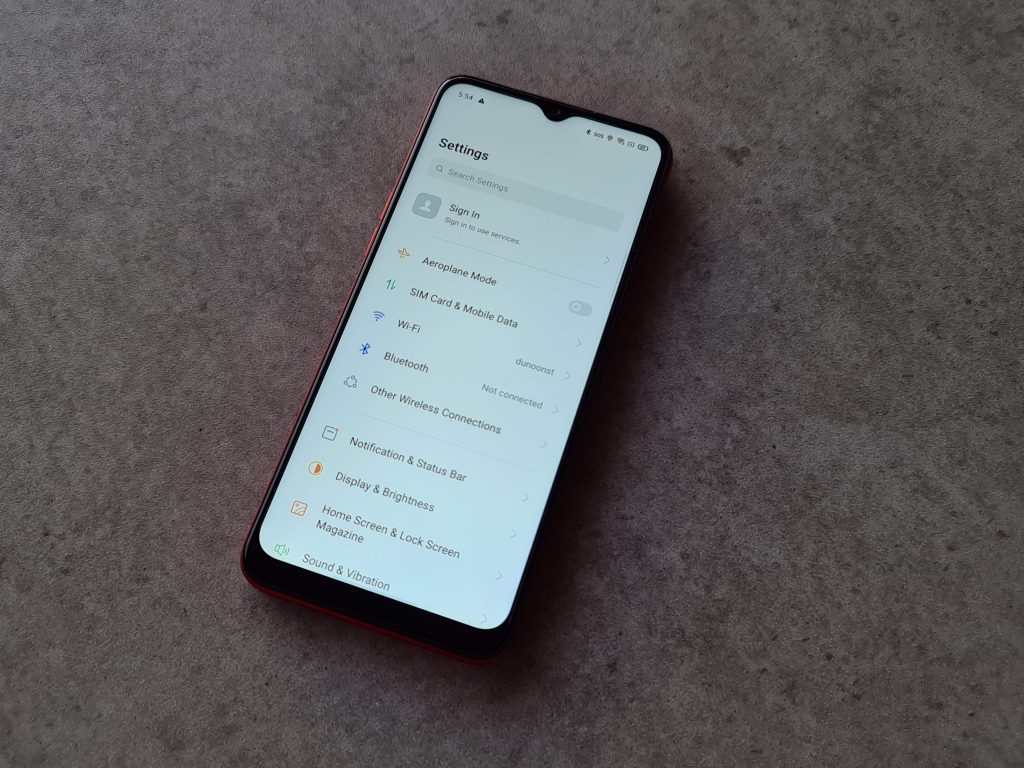
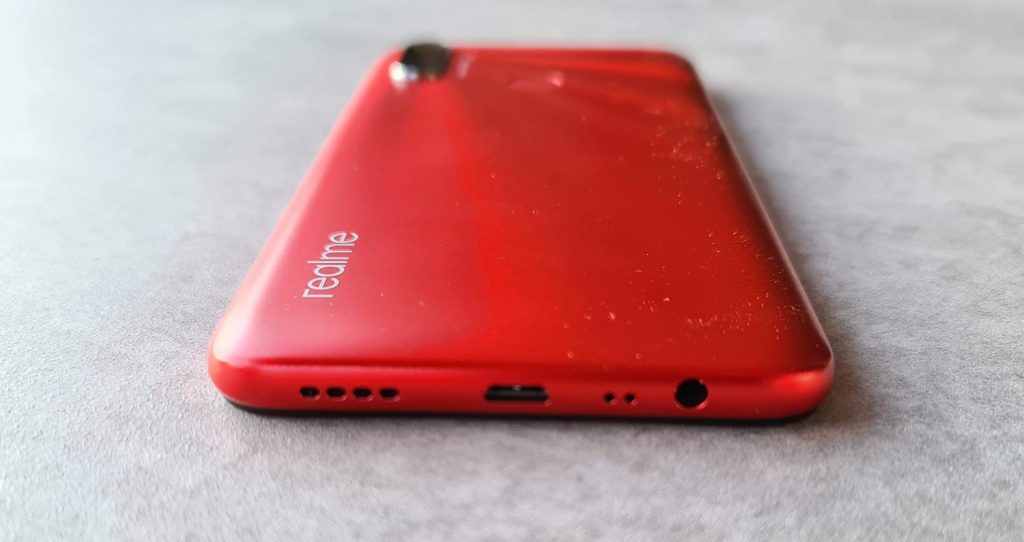




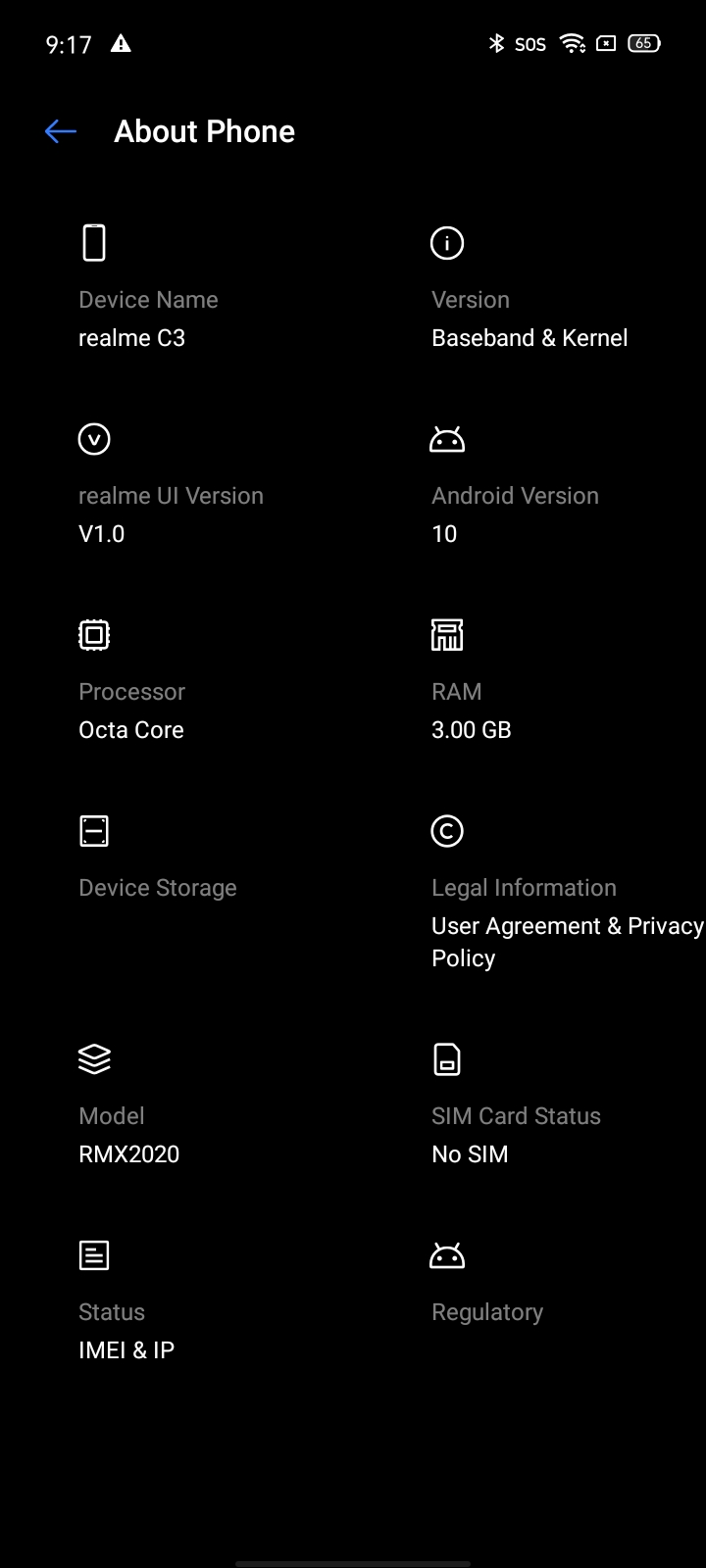
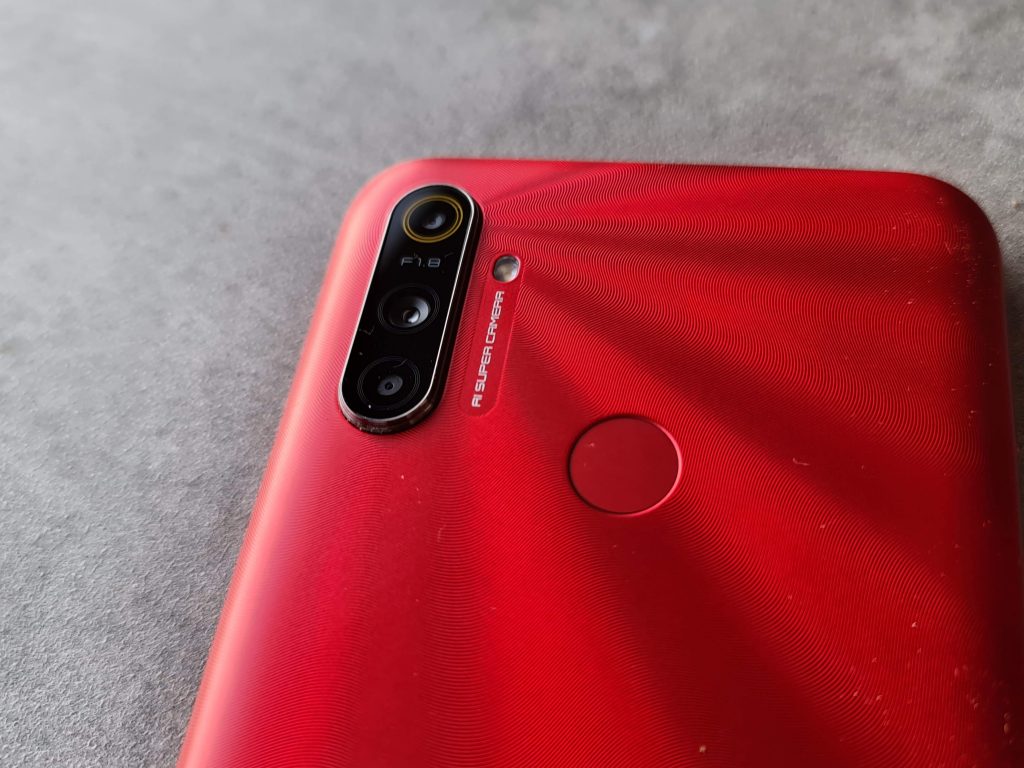








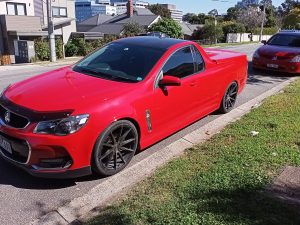







Will it run “DJI fly” app?
Might buy one to use as a Mavic mini controller if it does.